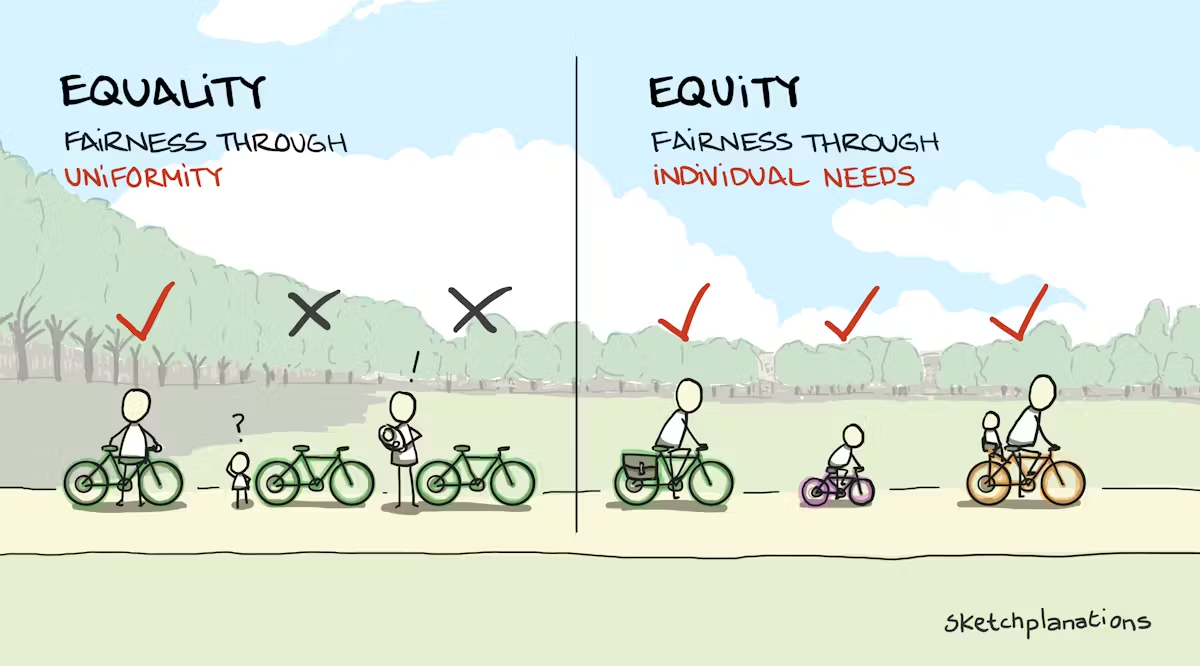Ignorance is bliss. However, the reality of where St. Charles’ energy comes from is anything but blissful. In a state with over 50 percent of its power coming from nuclear energy, it is easy to assume our community follows a similar breakdown. The truth is, the town receives roughly 80 percent of its energy from coal plants. Our power is provided by a company called Illinois Municipal Energy Agency (IMEA), which services 32 regions, including St. Charles, Batavia, Winnetka and Naperville. The contract Saint Charles has with this company is set to expire in 2035, however, there are current discussions with IMEA officials about renewing now. The largest power contributor in the IMEA plan is Prairie State Energy Campus, located in southern Illinois. This plant is the largest producer of greenhouse gas emissions in the state, and has been linked to significant health issues for residents of the area and 76 deaths annually.
While some are concerned about the costs of alternative energy plans, research suggests that there may be more cost-effective options. A 2021 report by RMI on the Prairie State Power Plant explains, “By 2030, closing PSEC and replacing it with a clean energy portfolio (CEP) that includes wind, solar, battery storage, demand flexibility, and energy efficiency is expected to save ratepayers money without sacrificing reliability.” This IMEA contract has not been shown to be the most environmentally conscious nor the most economically advantageous decision.
While the current coal mining energy plan would be easy to continue, there are many downsides to it. Coal mining “is very invasive on the environment,” said East science teacher Ben Provencher. He continued, “the jobs that are provided are very dangerous to perform and have been shown to lead to long-term health problems, and the use of coal for energy is incredibly damaging to the environment and is having significant, potentially irreversible negative impacts on our climate as well as air pollution.”
On the other hand, there are more sustainable alternatives. These alternatives include wind, solar and battery storage, and “when being used to generate electricity, these alternatives are mainly functioning with no emissions and have no/little climatic or environmental consequence,” said Provencher. There are, however, downsides to these alternatives: “Mining for minerals is environmentally damaging and carries the potential for geopolitical conflict,” said Provencher. He continued, “some of the materials used in the manufacturing of these products are harmful to the environment”.
IMEA has claimed to be committed to reaching carbon neutrality by 2050. In a report released about reaching these goals, they state, “There is a potential that a third-party developer could pursue a future carbon capture project.” While other, more concrete claims are made, the vague language in which some claims are presented seems to leave room for these goals not to be met. With increased pressure to renew this contract in recent months, it’s crucial that both the financial and environmental impacts of agreeing to this are clear.
Overall, there are benefits and downsides to the renewal of the contract that should be taken into account: “renewal of the current contract would create a stable source of energy for St. Charles residents for the next several decades; however, we are in a period of significant change in the power industry; renewal could also hold us back from potentially cleaner, safer and cheaper energy sources that may be developed in the near future,” said Provencher.










